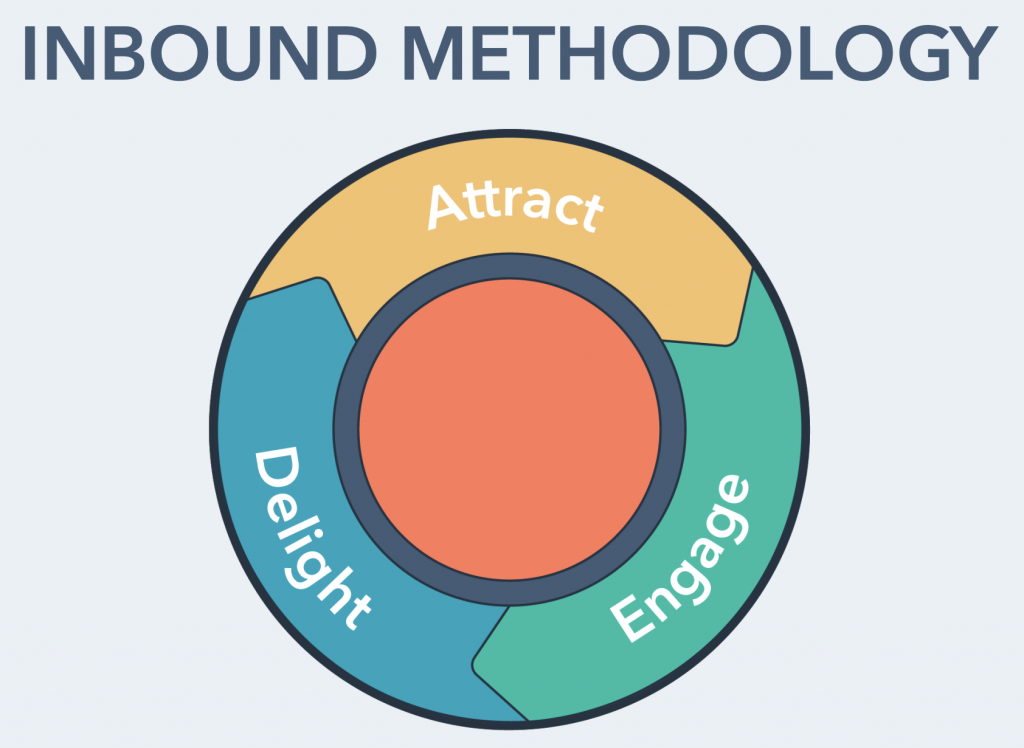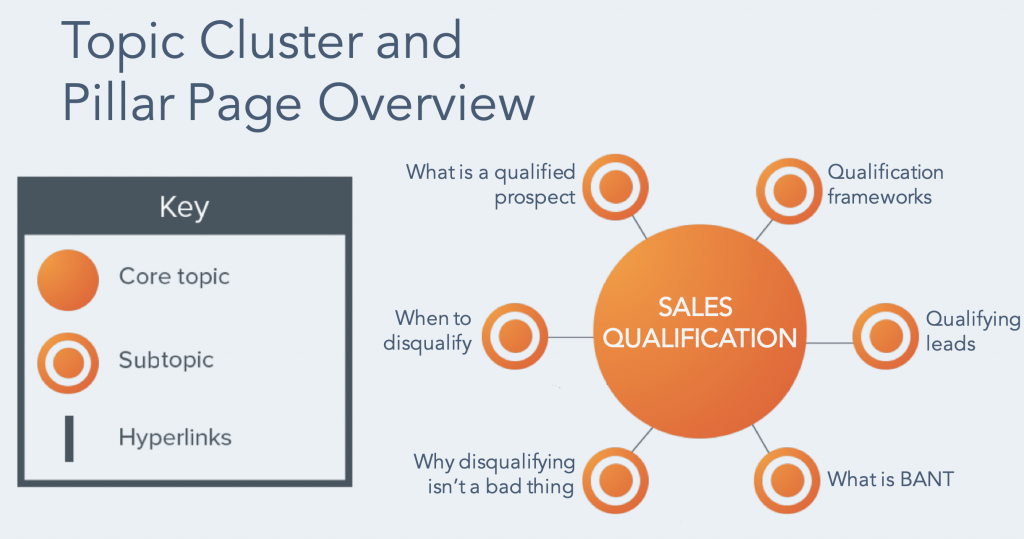I think we can all agree that managing an online presence is challenging. In the internet era, your business must be found online in order to be successful. But it seems like just when you have the hang of things, more communication channels are appearing and in this omnipresent space, it can be hard to control what folks are saying about your brand.

While you can optimize your website, create valuable content, and engage on social media, there are a variety of sites with user-generated content that you can’t control. Often, those end up ranking on SERP’s the same as your owned media for all consumers and stakeholders to see. PR articles, social media, forums, review websites, and blogs are all places where freedom of speech reigns thanks to Section 230. Communication channels like these can even end up creating a bigger digital footprint than your owned media. That’s great news for your brand’s PR and SEO if what they’re saying is positive. But what happens if they catch wind of dreaded “Fake News” about your brand? Or maybe you had a minor slip up that was blown out of proportion? If the 20-teens and “cancel culture” have taught us anything, it’s that the internet is the spark for word-of-mouth wildfire. Have no fear though, there are several ways to be proactive and bolster you online reputation management (ORM) strategy.
Online Reputation Management
Online reputation management is all about taking proactive and reactive measures to what people are saying online about your brand by listening and responding in a timely and transparent manner. There are a variety of approaches to manage and maintain your brand’s presence online and plenty of software programs to help sort through endless content. Here, I’ll list a breakdown of the proactive and reactive ways to manage your business online.
Stand behind your product or service.
This seems straight forward enough, but the most surefire way to be proactive and protect your brand image from harm online is actually being a quality, ethical, product or service that customers and stakeholders trust. From manufacturing materials to the treatment of employees and anything in between, have a clear set of standards and share them through your owned media. Transparency here is key both to hold your business accountable and strengthen your relationship with your consumers.
Identify where your customers hang out online.
If you haven’t already created a few buyer personas for your business’s marketing strategy yet, I cannot stress enough how important they are. Not only do they help you know what to communicate to your consumers through social, email, and blogs, buyer personas also help you find out where to find them online and engage with them effectively. Joining online forums dedicated to your industry is a great way to monitor and converse with consumers.
Use tracking software.
Speaking of monitoring, depending on the size of your business and how much of an online presence it has, implementing software tools for SERP keyword tracking and social listening are incredibly helpful for filtering relevant content and conversations happening about your brand. Google Alerts, Moz.com, Radian6, Reputation Defender, and Hootsuite are a great place to start.
Create stellar support.
Customer service is at the heart of every business and now more than ever, businesses can leverage customer support to build a strong online reputation. But take it a step further, customer support isn’t just at the decision stage of the buyer’s journey. By creating relevant tools and resources for consumers in every stage of the buyer’s journey, you come across as helpful, knowledgeable, and trustworthy. Plus, loyal customers can become your brand advocates and attract new customers for you.
Play the offensive, not the defensive.
When bad reviews come out about your brand, come up with a concrete PR strategy for resolving depending on the scale and channel in which the information is being shared. If the statements are true, don’t get defensive. Listen, then share the actions that will be taken to mitigate the issue. If false, use your owned media and leverage other online channels to spread the truth to counteract misinformation.
Don’t give bad press your SEO.
How you word your response is just as important as the timeliness and respectfulness of the response. If you respond by mentioning your brand name or product/service associated with it, you’re creating more opportunities for search engines to crawl on the negative sites, identify keywords relevant to your brand, and show up when people search for you. Most importantly, your response should involve action to resolve the issue offline to minimize searchability. I’ve highlighted that transparency is key and I stand by that, but so is minimizing unnecessary damages in a time where fact-checking isn’t our strength.
Digital marketing and online channels are an exciting arena for businesses as we enter the new decade, yet there are many pitfalls if you aren’t careful. I hope this list can guide you and encourage you to create a proactive online reputation management strategy for your brand.
Sources:
Johnson, Zac. “9 Ways Online Reputation Management Can Boost Your Brand.” G2, 6 Feb. 2019, learn.g2.com/online-reputation-management.
Larson, Jeff, and Stuart Draper. Digital Marketing Essentials. Mimic Pro Bundle.
Misra, Animesh. “No Room for Error: How to Manage Brand Reputation.” The Economic Times, Economic Times, 13 Mar. 2019, economictimes.indiatimes.com/small-biz/marketing-branding/branding/no-room-for-error-how-to-manage-brand-reputation/articleshow/68387407.cms?from=mdr.












